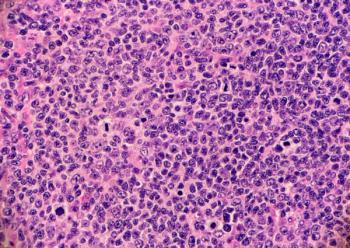
EMA Seeks to Revise Guidance on First-In-Human Trials
The European Medicines Agency (EMA) is proposing changes to the current guidelines on first-in-human clinical trials to improve risk-based strategies. This proposal was made with cooperation from the European Commission and the Member States of the European Union (EU).
In a new concept paper, the European Medicines Agency (EMA) has proposed changes to current guidance on first-in-human clinical trials. Interested parties have until September 30, 2016 to respond. The document was prepared by an EU-wide group that includes experts from the national competent authorities who authorize clinical trials in the EU, and it has been adopted by the Committee for Medicinal Products for Human Use (CHMP). It addresses the increased complexity of the protocols of first-in-human studies. The paper and the comments received from stakeholders will form the basis for an update of the guideline, and a draft revised guideline is expected to be published before the end of 2016 for consultation. According to a statement from the EMA, “EU and international guidelines are in place to ensure that first-in-human clinical trials are conducted as safely as possible. These guidelines include the requirement for extensive studies, including in animals, to gather information about a medicine before it is given to humans.” The release of the concept paper is part of a review of the EMA guideline published in 2007 that provides advice on first-in-human clinical trials, in particular on the data needed to enable their appropriate design and allow the initiation of treatment in trial participants. This review identified those parts of the current guideline that need to be amended to take into account the evolution of practices in the conduct of these studies since the guideline was first published. The review also takes into account the lessons learned from the tragic incident that took place during a Phase I first-in-human clinical trial in Rennes, France, in January 2016, the agency continued. “In recent years, the practice for conducting first-in-human clinical trials has evolved towards a more integrated approach, with sponsors conducting several steps of clinical development within a single clinical trial protocol (e.g. to assess single and multiple ascending doses, food interactions, or different age groups),” the authors noted. “This responds to the need for a structured approach to the conduct of these trials, with incremental decisions on next steps based on the data collected at each previous step.” The ultimate aim is to find an approach designed for the specificities of each medicine, its mechanism of action, and intended therapeutic use, concluded the statement.
Newsletter
Stay current in clinical research with Applied Clinical Trials, providing expert insights, regulatory updates, and practical strategies for successful clinical trial design and execution.




